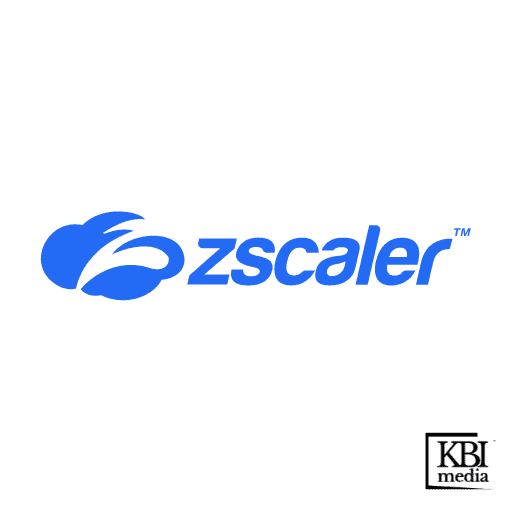Technology leaders are increasingly asked to achieve more with fewer resources.
Coupled with skills shortages, limited budgets, and outdated digital assets, striking this balance has never been more critical.
The question – how can technology leaders realign their resources into high-value projects that deliver more for less?
Five ways to drive high-yield results in your digital transformation efforts include:
1. Re-evaluate investments
Have the courage to ask the hard questions. It’s easy to cling to past projects simply because of resources already invested, but this can be a costly mistake – and one I regularly encounter.
Instead, critically evaluate current projects on how they align with your objectives – an obvious task but so often overlooked.
Ask yourself are these projects still relevant in today’s rapidly changing technological environment?
For example, many proof of concepts end up as incomplete solutions in the client organisation. So there’s a golden chance for quick wins by either terminating projects or pushing them to completion faster if they align with your business objectives.
New leaders often reassess ongoing initiatives within their first six months, but you shouldn’t wait. So re-evaluate projects regularly to determine if they meet the organisation’s current goals.
This shift in mindset can unlock quick wins by either accelerating project completion or redirecting resources to where they’re needed.
2. Leverage cost levers
A comprehensive understanding of IT cost levers is crucial for effective cost management.
Develop a holistic view of all cost factors and map them across different time horizons. This not only helps identify immediate opportunities for cost savings, it facilitates long-term planning.
Engage your team across all departments and at all levels in brainstorming sessions to uncover hidden opportunities and break down barriers – the magic happens when different departments join forces.
Don’t be afraid to push your suppliers and vendors to share insights and success stories, too. If they’re not already doing this proactively, it’s a red flag. As a strategic partner they should show an invested interest in your business – by collaborating and extracting value from your suppliers you achieve more cost-effective IT strategies.
3. Integrate cybersecurity into your strategy
Cybersecurity is no longer just a technical concern; it’s a critical component of strategic planning. By integrating robust cybersecurity measures into your digital transformation strategy, you protect your investments and build resilience.
The convergence of Secure Access Service Edge (SASE) should have you rethinking your approach to network security. Balancing security with operational efficiency allows you to reduce complexity, enhance your security posture, and better protect your data from emerging threats. Prioritise security investments based on risk, leveraging cyber risk quantification to make informed decisions. This will provide objective and data driven analysis reducing the emotion when discussing cyber risks and associated investments or consolidations.
You need to strike a meaningful balance between innovation and risk, especially if you want to extract maximum business value through scaling of new technologies. Do you have the right balance?
4. Reassess supplier relationships
Watch out for service providers and tech vendors defending their offering by giving short-term discounts for transactional renewals. This may seem beneficial but could undermine your long-term IT strategy.
Have open discussions with suppliers about your strategic goals to ensure they remain aligned with the business. This transparent approach helps maintain high-quality service and ensures continuous improvement and strategic alignment.
For example supplier consolidation as an effective cost driver to deliver more with less is something that we’re seeing regularly now. It’s a delicate balance between keeping competitive tension and letting a strategic partner have more skin in the game to deliver efficient outcomes and continuous improvement.
Be alert to signs of complacency in your suppliers, and be prepared to make changes when necessary if a vendor’s “stale technology” is holding you back.
5. Accelerate innovation velocity
Both vendors and internal teams share the responsibility of driving innovation.
And in today’s dynamic environment, digital innovation cycles are shorter than ever. Fostering a culture of curiosity, openness, and a forward-thinking mindset is foundational to maintaining a competitive edge.
If your technology remains static, you risk falling behind industry standards. Staying proactive and open to new ideas, future-proof’s your business to keep pace with technology changes and market demands.
By adopting these strategies technology leaders can disrupt the cost trajectory of their digital transformation efforts, ensuring maximum ROI and a secure, resilient future.






